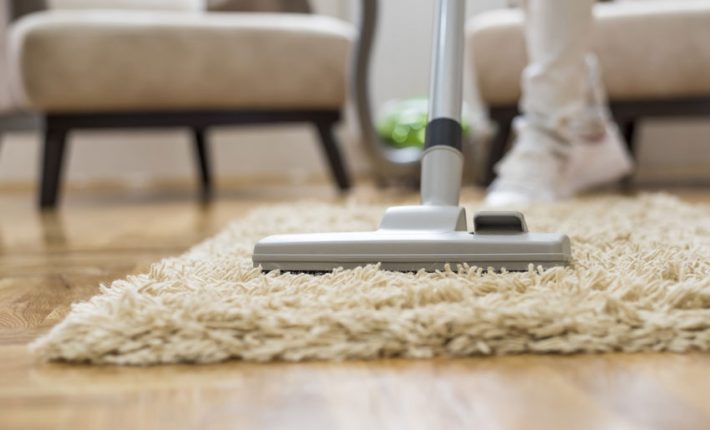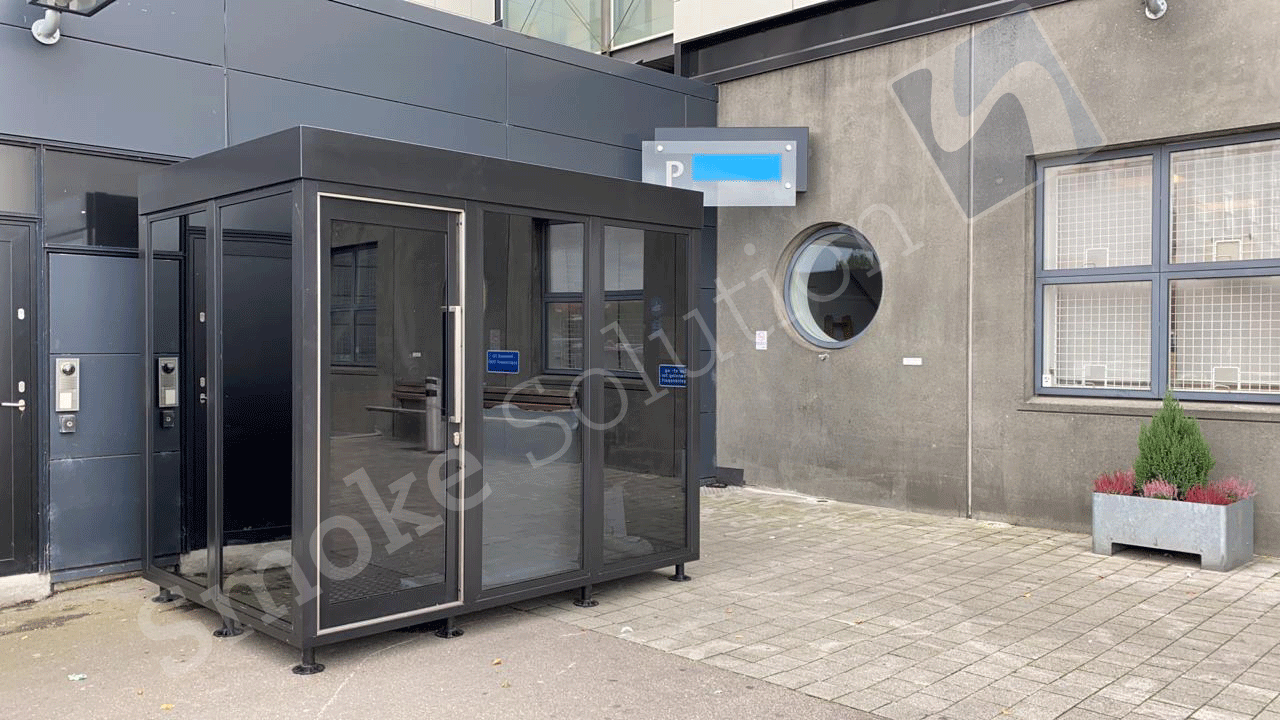In recent years, air cleaners equipped with smart technology have become increasingly popular due to their ability to enhance indoor air quality while offering added convenience and control. Let’s dive into the various benefits of using air cleaners with smart technology.
Improved Air Quality
Air cleaners with smart technology leverage advanced sensors and monitoring capabilities to detect air pollutants in real-time. By continuously monitoring indoor air quality, these devices can automatically adjust their purification settings to effectively remove harmful particles, allergens, and pollutants, ensuring cleaner and healthier air for you and your family.
Enhanced Convenience
One of the key advantages of air cleaners with smart technology is their convenience features. These devices can be controlled remotely via smartphone apps, allowing you to monitor and adjust air purification settings from anywhere. Whether at home or away, you have the flexibility to manage your indoor air quality with ease, ensuring optimal comfort and freshness.
Personalized Air Purification
Smart air cleaners often come equipped with customizable settings that allow you to tailor the purification process to your specific needs. Through the accompanying mobile app, you can create personalized schedules, adjust fan speeds, and set air quality preferences based on your lifestyle and preferences. This level of customization ensures that the air cleaner operates according to your unique requirements, providing a personalized purification experience.
Integration with Smart Home Systems
Another notable benefit of air cleaners with smart technology is their compatibility with smart home systems and voice assistants. These devices can seamlessly integrate with platforms like Amazon Alexa, Google Assistant, and Apple HomeKit, allowing you to control them using voice commands or integrate them into automated routines with other smart home devices. This integration streamlines your home environment, offering a cohesive and interconnected ecosystem that enhances overall convenience and efficiency.
Energy Efficiency
Many air cleaners with smart technology are designed with energy-efficient features that optimize performance while minimizing power consumption. Through intelligent algorithms and energy-saving modes, these devices operate efficiently without compromising on air purification effectiveness. This not only reduces energy costs but also minimizes environmental impact, making smart air cleaners a sustainable choice for eco-conscious consumers.
Conclusion
In conclusion, air cleaners with smart technology offer a range of benefits, including improved air quality, enhanced convenience, personalized purification, integration with smart home systems, and energy efficiency. By harnessing the power of smart technology, these devices provide an advanced solution for maintaining clean and healthy indoor air, ensuring comfort and well-being for you and your loved ones.







